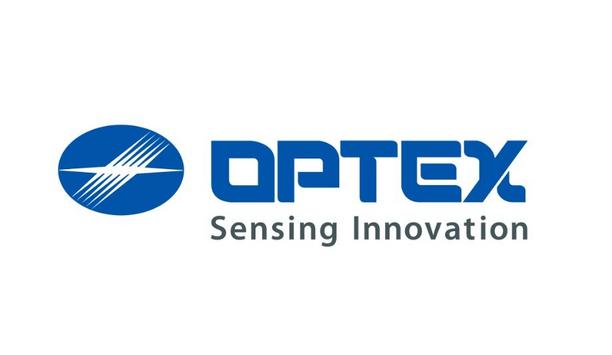PenTesting, also known as “ethical hacking” or “white-hat hacking,” has always been viewed as the “sexy” side of cybersecurity, a task that is far more exciting than monitoring systems for intrusions, shoring up defenses, or performing compliance audits.
Numerous security conferences are devoted to the fine art of attempting to hack into systems – with an owner’s full knowledge and permission – and reporting on the results.
At an organizational level within businesses, they also value PenTesting under the premise that it allows them to identify security vulnerabilities before cyber criminals can. There are some regulatory requirements like PCI-DSS that require penetration assessments as part of their PCI compliance.
However, many organizations have come to over-rely on PenTesting, thinking that if all the issues were identified in a PenTest, they’re good to go. Not only is this not helping them improve their security posture, it is also leaving them with a false sense of security.
A penetration test is a simulated, live attack on your environment by a white-hat hacker
What Is PenTesting?
A penetration test is a simulated, live attack on your environment by a white-hat hacker, customized to address specific problem areas, such as web-based applications, mobile applications and infrastructure services like border VPNs and firewalls.
The PenTest may include different types of attacks based on the requested scope from an organization so that the tester attempts to come at each system from all sides, the way a cyber-criminal would. The goal is to identify which systems and data the tester was able to access and how an organisation can address the vulnerabilities that allowed them to get in.
The Limitations Of PenTesting
There is great value in performing periodic PenTests, which is why PCI DSS and other security standards mandate them. However, PenTesting has three significant limitations:
PenTesting does not provide solutions
Let’s be honest: No one likes reading technical reports, but typically, that's the only deliverable provided by a PenTester. The value of a PenTesting report varies wildly based on the scope of the testing, the PenTester’s technical expertise and their writing ability. The tester may miss some things, or not clearly convey their findings.
Additionally, a PenTest is a snapshot in time and the PenTester could miss changes in the systems, configurations, attack vectors and application environments. Even if your system “passes” a PenTest, will it crumble in the face of a brand new, more powerful attack vector that emerges a week later?
The worst type of “PenTest report” consist of an analyst producing nothing more than the results of a vulnerability scan. Even if the PenTester produces a well-written, comprehensive report filled with valuable, actionable information, it’s up to your organization to take the action, which leads to the next limitation of PenTesting.

| The value of a PenTesting report varies wildly based on the scope of the testing, the PenTester’s technical expertise and their writing ability |
PenTesters only exploit vulnerabilities and do not promote change
PenTesting does not highlight the missing links in your organisation's technology stack that could help you address your security vulnerabilities. This is often in the guise of being agnostic to the technologies that exist because their expertise is only offensive security – unless, of course, the performing company has “magic software” to sell you.
PenTests also do not help to develop your organizational processes. Additionally, they do not ensure that your employees have the knowledge and training needed to treat the identified fixes. Worst of all, if your in-house expertise is limited, any security issues that are identified during a PenTest aren't validated, which leads to a misrepresentation of their magnitude and severity while giving your team a false sense of security.
PenTesters are self-serving
Too often, PenTesting pits the assessment team against the organization; the goal of the assessment team is to find the best way to "shame" the business into remediation, purchasing the testing company’s “magic software”, then call it a day.
Once the PenTesters find, for example, a privilege escalation or a way to breach PII, they stop looking for other issues. The testers then celebrate the success of finding a single “flag”. In the meantime, the business is left in a precarious situation, since other unidentified issues may be lurking within their systems.
Shifting The Paradigm Of PenTesting
The goal of PenTesters is to find the best way to "shame" the business into purchasing the testing company’s “magic software”, then call it a day
Penetration testing can uncover critical security vulnerabilities, but it also has significant limitations and it’s not a replacement for continuous security monitoring and testing.
This is not to say that all PenTesting is bad. PenTesting should be integrated into a comprehensive threat and vulnerability management program so that identified issues are addressed. The purpose of a mature vulnerability management program is to identify, treat and monitor any identified vulnerabilities over its lifecycle.
Vulnerability Management Program
Additionally, a vulnerability management program requires the multiple teams within an organisation to develop and execute on the remediation plan to address the vulnerability. A mature threat and vulnerability management plan takes time and is helpful to partner with a managed security services provider (MSSP) to help you in the following areas:
- Improve your cyber-risk management program so that you can identify and efficiently address vulnerabilities in your infrastructure, applications and other parts within your organisation’s ecosystem on a continuous basis;
- Perform retests to validate any problems identified through a vulnerability scan or a PenTest assessment;
- Ensure that your in-house staff has the knowledge, skills and tools they need to respond to incidents.
Cyber risk management and remediation is a "team sport." While periodic testing conducted by an external consultant satisfies compliance requirements, it is not a replacement for continuous in-house monitoring and testing.
To ensure that your systems are secure, you must find a partner who not only performs PenTesting but also has the engineering and development experience to assist you in fixing these types of complex problems in a cost-effective manner and ensuring that your systems are hardened against tomorrow’s attacks.

























